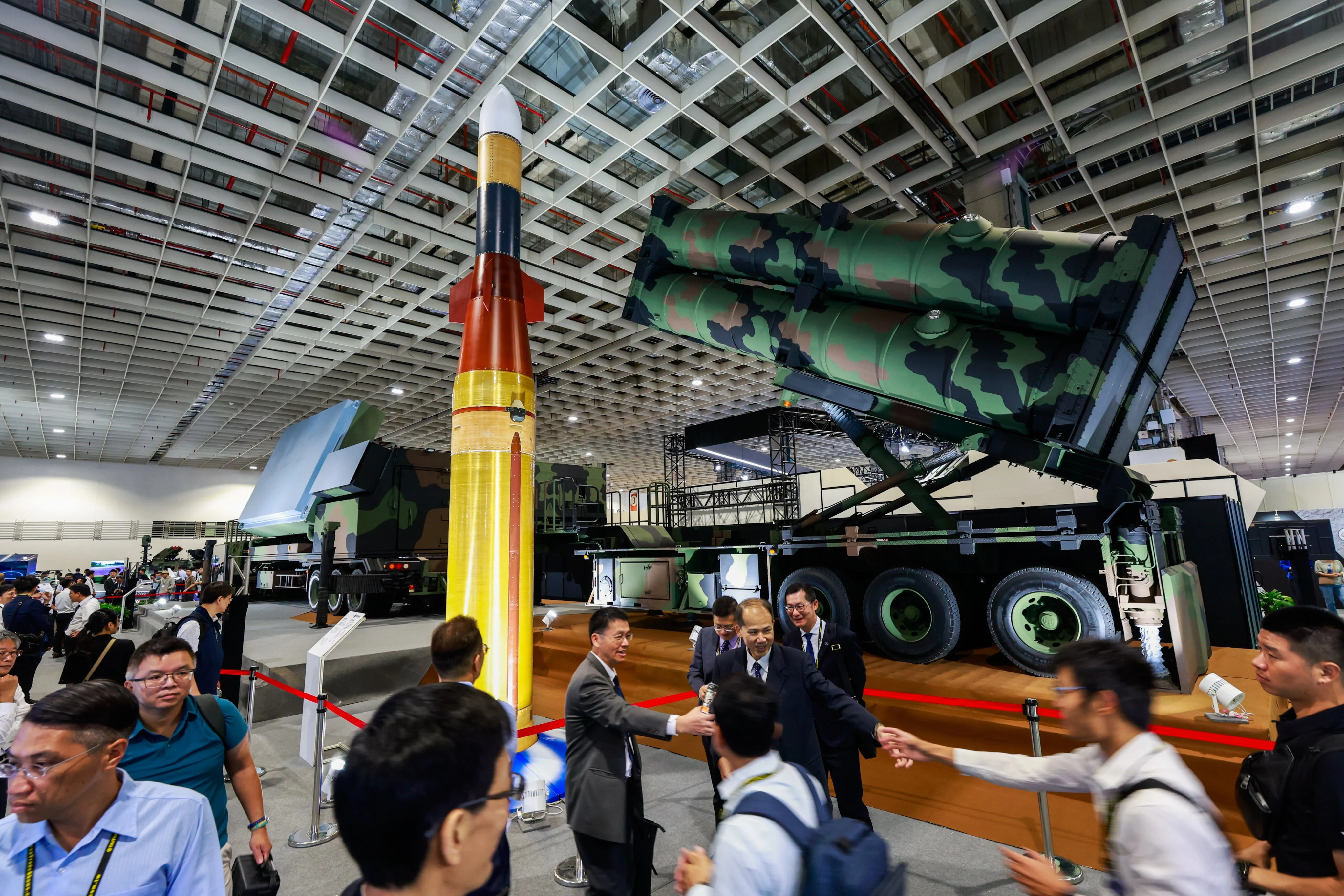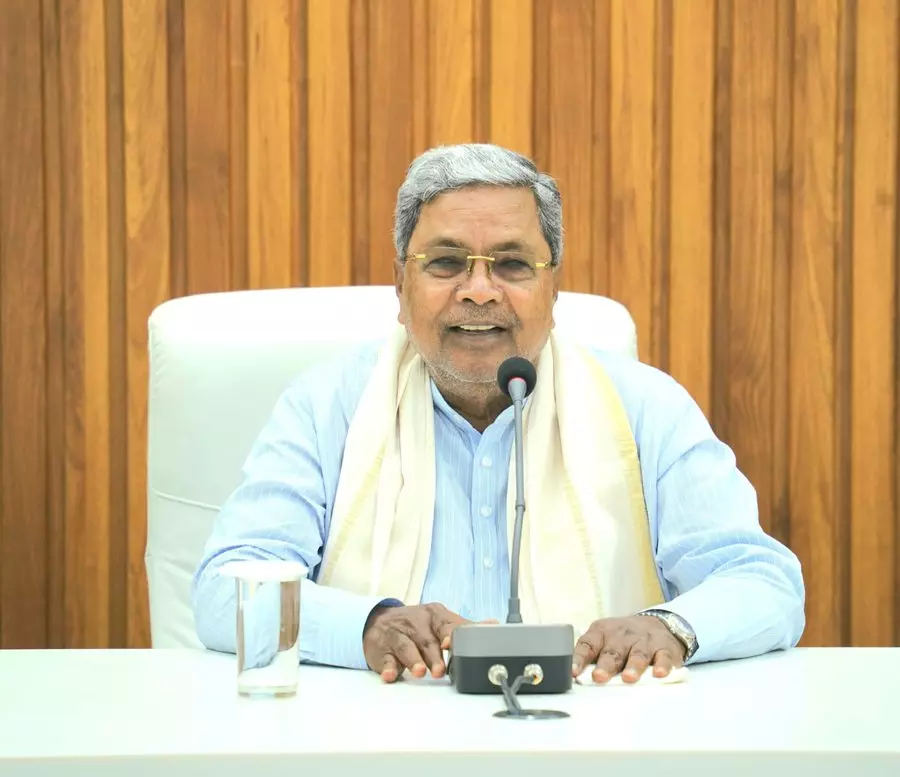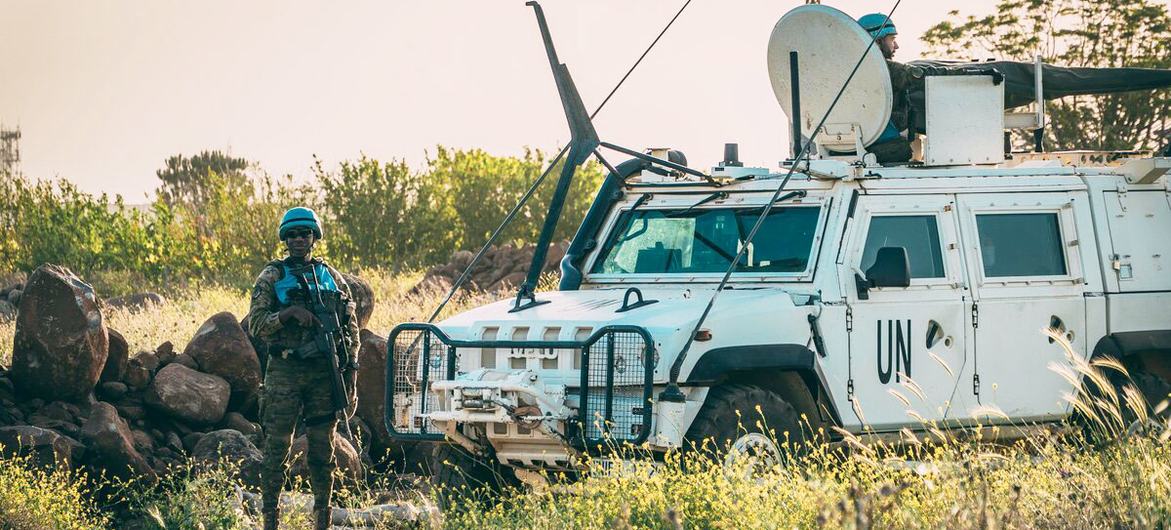By Lawrence Chung
Copyright scmp

Taiwan has unveiled two flagship projects at its most ambitious arms fair yet – signalling both its push for defence self-reliance and its deepening cooperation with American firms aimed at deterring Beijing’s growing military pressure.
The three-day Taipei Aerospace and Defence Technology Exhibition (TADTE) opened on Thursday at the Nangang Exhibition Centre, drawing more than 400 local and international exhibitors from 14 countries, including the United States, Germany and France.
The biennial event, traditionally a platform for aerospace and defence technologies, has taken on added significance this year amid heightened cross-strait tensions and Taiwan’s drive to expand its defence industry.
This year’s spotlight is on the island’s first locally built anti-ballistic missile system as well as a cruise missile co-developed with a US defence firm – a dual strategy focused on self-sufficiency and foreign partnerships.
The Chiang-Kong (Strong Bow) anti-ballistic missile system was developed by the National Chung-Shan Institute of Science and Technology (NCSIST) – Taiwan’s top weapons developer – while the Barracuda-500 low-cost autonomous cruise missile was co-produced with California-based defence start-up Anduril Industries.
The Chiang-Kong system is designed to intercept enemy ballistic missiles at altitudes of up to 70km (44 miles), boosting Taiwan’s layered missile defence from the lower tier – currently covered by the US-made Patriot PAC-3 and the island’s own Tien Kung III – to the medium range. NCSIST displayed the missile itself at the exhibition, including its launcher and a fire-control radar.
The system is already being mass-produced, according to officials, marking a big step forward for Taiwan’s indigenous missile defence capacity.
“Missile defence will never rely on a single system,” said Li Shih-chiang, the president of NCSIST.
“Chiang-Kong is set at the mid-tier level, complementing other weapons and ensuring a layered interception capability,” he added.
According to Lu Chien-sheng, deputy director of NCSIST’s Tien Kung programme, the missile features a two-stage design comprising a kill vehicle and booster, with a composite-material casing.
“It is a ground-based midcourse defence system aimed at countering enemy tactical missiles,” he said.
The weapon’s thrust-vector control system enables trajectory correction in the terminal phase, while a high-frequency millimetre-wave active seeker ensures precise detection and lock-on.
The missile is supported by Taiwan’s first locally developed active electronically scanned array radar, which provides search, tracking, classification and identification functions. Lu said its detection range exceeded that of both the Patriot and Tien Kung III.
If Chiang-Kong highlights Taiwan’s push for self-reliance, the Barracuda-500 underlines its new framework for NCSIST partnerships with US defence firms. Co-developed with Anduril Industries, the missile was presented as a 100 per cent locally produced system, designed for mass production at a unit cost of less than NT$6.5 million (US$200,000), Li said.
Li stressed that building production lines and securing critical components inside Taiwan was “essential to maintaining resilience during a blockade scenario”.
“The project aims to construct a model of joint development, regional production and rapid deployment, setting a new paradigm for Taiwan-US weapons integration,” he added.
The Barracuda family consists of three versions. The Barracuda-100, with a 16kg (35lbs) warhead, has a range of 111km when ground-launched, or 157km if air-launched. The Barracuda-250 extends the range to 277km from the ground or 370km from the air, with planned compatibility with the High Mobility Artillery Rocket System (Himars). The Barracuda-500 – the largest model – carries a 45.4kg warhead with a range of up to 804km when air-launched, and could eventually be deployed via palletised launch systems such as Rapid Dragon.
A promotional video shown at the exhibition depicted the Barracuda-500 flying at sea-skimming altitude in swarms, coordinated through a networked communications system, to strike an approaching enemy fleet. Its modular design and low cost are intended to leverage lessons from the Ukraine war, where inexpensive drones and loitering munitions have been used effectively against high-value Russian assets.
Anduril also introduced its Copperhead smart mine and Dive-LD autonomous underwater vehicle, both co-developed with NCSIST. The Dive-LD, capable of operating for 10 days at depths of 6,000 metres (19,685 feet), is designed for seabed mapping, cable inspection and anti-smuggling missions. Copperhead combines the characteristics of a torpedo and a mine, offering flexible, AI-driven undersea strike options, according to the company.
To take advantage of lessons from conflicts in Ukraine and the Middle East, Taiwan has devoted a large portion of the exhibition to uncrewed systems, with displays of 19 types of drones and vehicles alongside foreign models such as the Switchblade 300 and the Altius-600M. The Switchblade, made by US defence contractor AeroVironment, has proven effective in Ukraine against Russian forces, while the larger Altius, manufactured by Anduril, is designed to hunt armoured vehicles.
The centrepiece was NCSIST’s Chien Feng (Mighty Hornet) drone family, a four-model series ranging from tube-launched loitering munitions to X-wing unmanned aerial vehicles (UAV) capable of vertical take-off and precision strikes. The Chien Feng IV, developed jointly with US defence company Kratos, was adapted from the MQM-178 target drone into variants for high-speed, long-range strikes – effectively, a low-cost cruise missile that Taiwanese media said could reach targets deep inside mainland China.
Other unmanned systems on display included the Electric Autonomous Reconnaissance-Strike Tactical Wheeled Vehicle, Taiwan’s first indigenously developed uncrewed ground vehicle, and home-grown autonomous fast boats.
Local shipbuilder Jong Shyn showcased its Jong Shyn No 5 vessel, capable of offensive swarming, escorts and patrols, while Taiwan’s shipbuilder CSBC Corp promoted its Endeavour Manta uncrewed ship, designed to carry high-explosive warheads or light torpedoes for direct collision attacks.
Private firms also promoted their products. Thunder Tiger showed first-person-view “suicide drones” armed with anti-armour warheads, along with small fast boats that carry rocket launchers and loitering munitions.
Together with Taiwan’s Aerospace Industrial Development Corporation (AIDC), the island’s leading plane maker, it is developing the T-400 uncrewed helicopter – with a four-metre rotor, six-hour endurance, 100kg payload and a mission radius of 250km – to specialise in anti-submarine warfare.
AIDC separately announced a partnership with Shield AI, a US defence technology company best known for its V-BAT UAV, to establish a maintenance, assembly and testing ecosystem in Taiwan.
Beyond Anduril and Shield AI, NCSIST has also signed agreements with six international companies. Canada’s AirShare will co-develop a ribbon rocket interceptor system for counter-drone operations, which uses ribbons to entangle UAV propellers and parachutes to force them to descend.
In cooperation with US firms, NCSIST will work with defence technology firm Leonardo DRS on upgrades for M60A3 tank fire-control systems, with production in Taiwan and sales abroad. With AeroVironment, it will jointly develop dual-use UAVs, including support for the Taiwanese coastguard’s Jump-20X and the navy’s reconnaissance drones.
With aerospace manufacturer Northrop Grumman, it will jointly explore the integration of Taiwan’s missile defence systems with US platforms under the Integrated Battle Command System (IBCS) architecture.
And in cooperation with Australia’s unmanned system provider Martac, NCIST will focus on developing uncrewed boats capable of AI target recognition, autonomous interception and multi-boat coordination.
The US Pavilion at TADTE brought together leading contractors including Lockheed Martin, RTX and GE Aerospace, underlining the degree to which Taiwan’s defence ambitions remain tied to American technology.
While Chiang-Kong and Barracuda drew the most attention, the military also displayed newly acquired equipment including the M1A2T main battle tank and Himars multiple rocket launchers. The home-grown Leopard 105mm wheeled tank D3 prototype, the T112 assault and sniper rifles, and a 10 kilowatt high-energy laser prototype vehicle capable of downing drones were also on show.
After touring the exhibits, Taiwanese Defence Minister Wellington Koo Li-hsiung said the island must concentrate on resilience, autonomy and innovation. “We must build our own defence capabilities while continuously seeking innovation,” he said. “Future cooperation with the US defence industry will further strengthen our ability to defend ourselves.”
Observers noted that with Beijing staging near-daily military flights and drills around the island, Taipei was racing to combine local production with foreign partnerships to accelerate weapons deployment.
“This year’s exhibition was the most vibrant in the event’s history, second only in scale to Computex Taipei,” said James Huang, chairman of the Taiwan External Trade Development Council. “It reflects how geopolitics has pushed global attention onto defence industries as emerging growth sectors. For Taiwan, it marks a critical moment in its defence industrial policy.”
Beijing sees Taiwan as part of China to be reunited by force if necessary. It has intensified military pressure on the island since the independence-leaning Democratic Progressive Party took power in 2016 and refused to accept the one-China principle.
Most countries, including the United States – Taiwan’s main arms supplier and international backer – do not recognise the island as an independent state. Washington, however, is opposed to any attempt to change the status quo by force and is legally committed to arming Taiwan for its defence.



